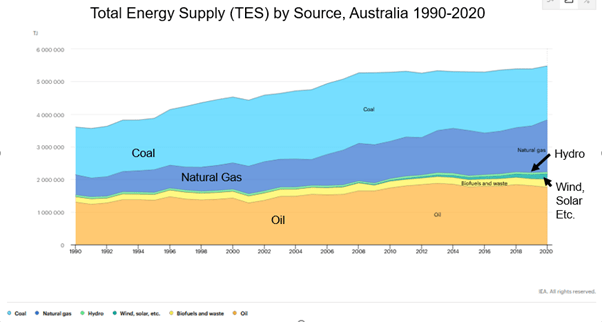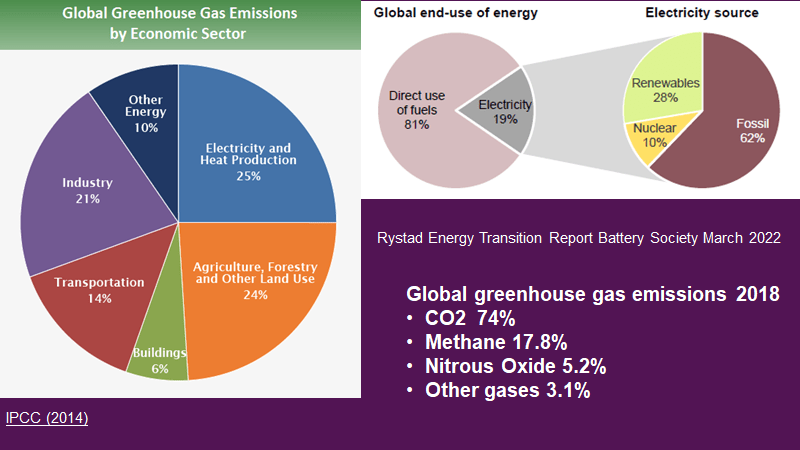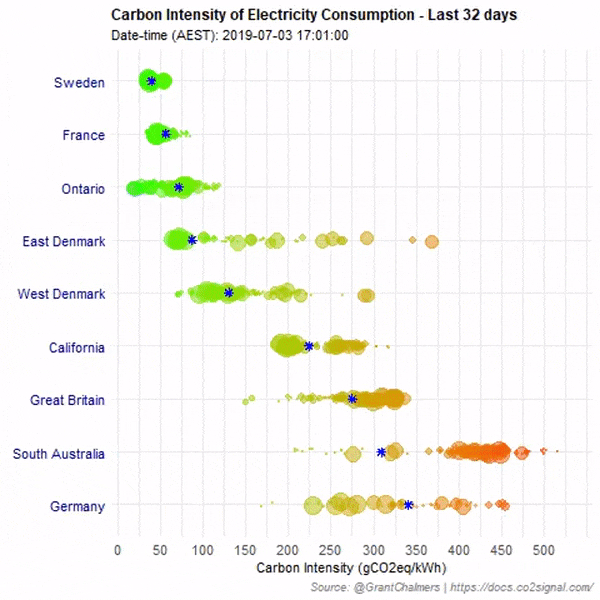( Written 9 Feb 2022)
Early next month I will finally give a series of talks to our local University of the Third Age (U3A). It is my way of sharing some of what I have learnt. The omicron variant of COVID-19 postponed many of my activities including these lectures.
The act of putting the presentations together, taught me how little I knew about these issues. I have learnt so much in the process. I have finally decided to present the contents of these lectures in my blog with encouragement from friends.
During the preparation of the talks, I spent many days being thrown from one viewpoint to another but did not stop until I had satisfied myself as to the basic facts. I have tried to take into account the biases and background of each source.
Luckily, I have been able to access many online university courses through EdX on topics ranging from batteries, electric cars, critical raw materials, energy economics, carbon capture and storage, hydrogen, nuclear terrorism and “Living at the Nuclear Brink” plus “Nuclear Energy Science.” (https://www.edx.org)
I have collected and read scientific papers, books, reports and articles, videos and films. Many of the graphs in these presentations have been taken directly from sources such the International Energy Agency (IEA). The one below has been modified to make the labelling more visible.

Despite all the rhetoric about solar and wind power and all the gains made so far, Australia faces enormous challenges. Reducing our use of CO2 emitting energy sources will be a hard road as can be seen from the graph above from the International Energy Agency (IEA) of which Australia is a member.
Unfortunately, we often equate energy with electricity which can give a very false picture despite our massive uptake of residential solar. Are we counting the CO2 emitted during the manufacture of green technologies: battery storage, electric cars, wind turbines or solar panels? Energy use is only part of our emissions of greenhouse gases and electricity is only part of energy production/consumption. Many positive changes sit on the horizon. For example, hydrogen could reduce the use of coal used in steel manufacture, but hydrogen still requires a lot of energy as electricity for its generation.
Australia’s energy production almost doubled between 1990 and 2020. Until a decade ago, our CO2 emissions were also rapidly rising. This rise has now flattened, principally due to greater use of gas over coal but gas prices could threaten this improvement. At best gas can only be a transition measure. Our CO2 emissions rose by 45% between 1990 and 2020. (ref: https://www.iea.org/countries/australia)
Australia is the world’s 14th highest emitter, contributing just over 1 per cent of global emissions. The Australian Government tracks the nation’s greenhouse gases emissions through the National Greenhouse Gas Inventory. According to the December 2020 update, Australia emitted 499 million tonnes of carbon dioxide equivalent. (ref CSIRO) This a lot for a country with 0.3% of the world’s population.
We are one of the world’s highest green-house gas emitters per capita in lots of categories. We have reduced methane and nitrous oxide emissions substantially but are still very high in world terms. These gases are partly produced in the agricultural sector but changes in farming practices have already helped to halve these emissions. (ref: https://ourworldindata.org)
Data varies from source to source and data is often grouped in different categories making comparisons very difficult, but the big pictures are clear.

Tasmania produces clean, green electricity according to a fascinating live site on electricity production around the world (https://app.electricitymap.org/zone/AUS-TAS Approximately 60 % of Queensland electricity comes from coal and roughly 40 % from solar. The data I found on wind was sketchy.
The carbon intensity information below cleverly illustrates the differences energy source makes to carbon intensity of electricity generation. Grant Chalmers created the video using data from http:/docs.co2signal.com. Countries with lots of nuclear power and/or hydro have low carbon intensity per MW.

One of the issues not discussed enough relates to the materials needed for the green transition. I have heard very little discussion of the lead-in time for all the new mines needed for essential materials.
Does nuclear power have a place? Looking at world-wide statistics, it plays a huge role in those countries with low carbon intensities.
Until recently, my stance was that countries like Sweden could safely use nuclear power because they developed and implemented long term policies. When Australia could not even manage low level waste sensibly, I doubted we could safely use nuclear power.
Recently, many countries are changing their views about nuclear power. Currently, Australia has a ban on nuclear power but has a research reactor at Lucas Heights near Sydney producing medical isotopes.
Good background knowledge is essential for meaningful discussions about Australia’s energy future. By sharing my journey, I hope to put others on a pathway to learning more about low carbon technologies and the challenges we face.
The first of the series of talks is called Why Do We Fear Nuclear Power?
It is presented as a series of 6 blogs which are labelled a to f so that they can be accessed in a logical order.
The second and third lectures examine the question
Does Nuclear Power have a Place in the Era of Decarbonisation?
The final lecture in the series is called Nuclear Power for Today and Tomorrow